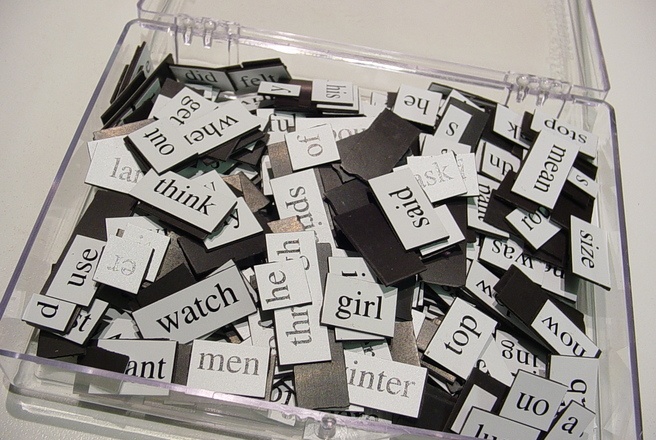All nonprofits should be taking advantage of the Google Ad Grant Program. Do you know how to get the most from your google grant?
If your nonprofit is not, start here. For most nonprofits, a $120,000 AdWords budget ($10,000/month) is more than their entire marketing budget. In short, this is too big of an opportunity to pass up.
So the real question is…
How do you take full advantage of your nonprofit’s Google Ad Grant?
If you are still reading, you’re probably already spending your grant on one or more of the following pieces of low-hanging-Google-Grant-fruit:
- Advertising upcoming events
- Promoting products or services that your organization offers
- Increasing traffic to your site through short-tail keywords
These go-to grant spends often leave nonprofits with underwhelming results, and often times, money (in AdWords) left on the table at the end of each month.
Get your Google Grant to start working as hard for your organization as you do!
1. Create or Identify Meaningful Content
As the quickest way to deliver value, meaningful content lays the foundation for audience growth. Your organization does important work, and likely has a some special stories or unique insights worth sharing along the way. Your organization may already have meaningful content through your blog – you just need to identify it. You’ll want 5-10 unique pieces of unique content.
TO DO: Take a look at your Google Analytics account and identify the top pages, blog posts, etc. outside of your homepage to figure out which content and content subjects to prioritize. You can even build your library up by expanding on the subjects that have the most traffic.
Still new to content? Haven’t gotten around to building your blog yet?
TO DO: Start producing meaningful content. If you’re not sure where to begin, here’s a great post to start.
2. Uniquely Market This Content
Now that you have interesting content, use your Google Grant to drive traffic to it. This isn’t your typical, generic-keyword SEO to get more eyes on your homepage. Instead, use specific keywords relating to specific pieces of content.
By tailoring your keywords to match your content, you increase the odds that a click on your ad correlates with someone truly interested in your cause. For example, Googling “southern utah” could mean a lot of things – someone interested in taking a trip to the red rocks, or attending Southern Utah University, or maybe, protecting Southern Utah wilderness. However, Googling “Public Lands Initiative” shows a clear interest in the upcoming bill regarding protected Utah wilderness areas. Show these highly relevant web surfers your fantastic content on the exact subject they searched.
TO DO: Make a specific AdWords campaign for each piece of content. Put your unique URLs into the Google Keyword Planner to get Google to do the heavy lifting of coming up with relevant keywords for each piece.
With 5-10 AdWords campaigns running, each with a long list of keywords to promote on, spending that $10,000 per month should be no problem. What’s more, your best content is now getting healthy traffic.
3. Repeat Steps 1 and 2
All digital campaigns are iterative. Unlike direct mail, where your job is over once you send it out, digital strategy takes ongoing attention and tuning. You will want to regularly login to your Google Analytics account to see how content is performing over time. This will help drive decisions around your keyword targeting and forward-looking content strategy. With continual optimization, this type of digital campaign can provide great returns for months on end.
TO DO: Publish more of the content people enjoy the most.
TO DO: Optimize your AdWords campaigns to drive even more visitors.
Do Not Waste Your Grant with Donation Appeals
While AdWords is a fantastic advertising medium, it is important to remember that you are working with Google’s remnant inventory. Your maximum Cost-per-Click bid is $2 and your ad will be shown after all paid ads. In general, you will not be able to reach someone with such an immediate donor intention. Most donations happen after education and cultivation, not a search and subsequent click.
Not To Do: Ask for donations with your Google Grant. We suggest focusing on growing your audience instead.
What’s Next?
Convert these visitors into supporters. Reach out to us to talk about optimizing your site to convert visitors into leads!
Want to learn more about converting website visitors into subscribed supporters? Download this free guide.
About Jamie:
Jamie works to grow the brand and find product solutions for clients at LeadPup, an organization that helps users grow their audience of dedicated supporters. Jamie is committed to helping those who are building a world we all want to live in. Outside of LeadPup, he helps run a venture fund and chases good dirt, rock, or snow. Before finding nonprofit digital marketing, he led many community initiatives within the Boulder startup community.
